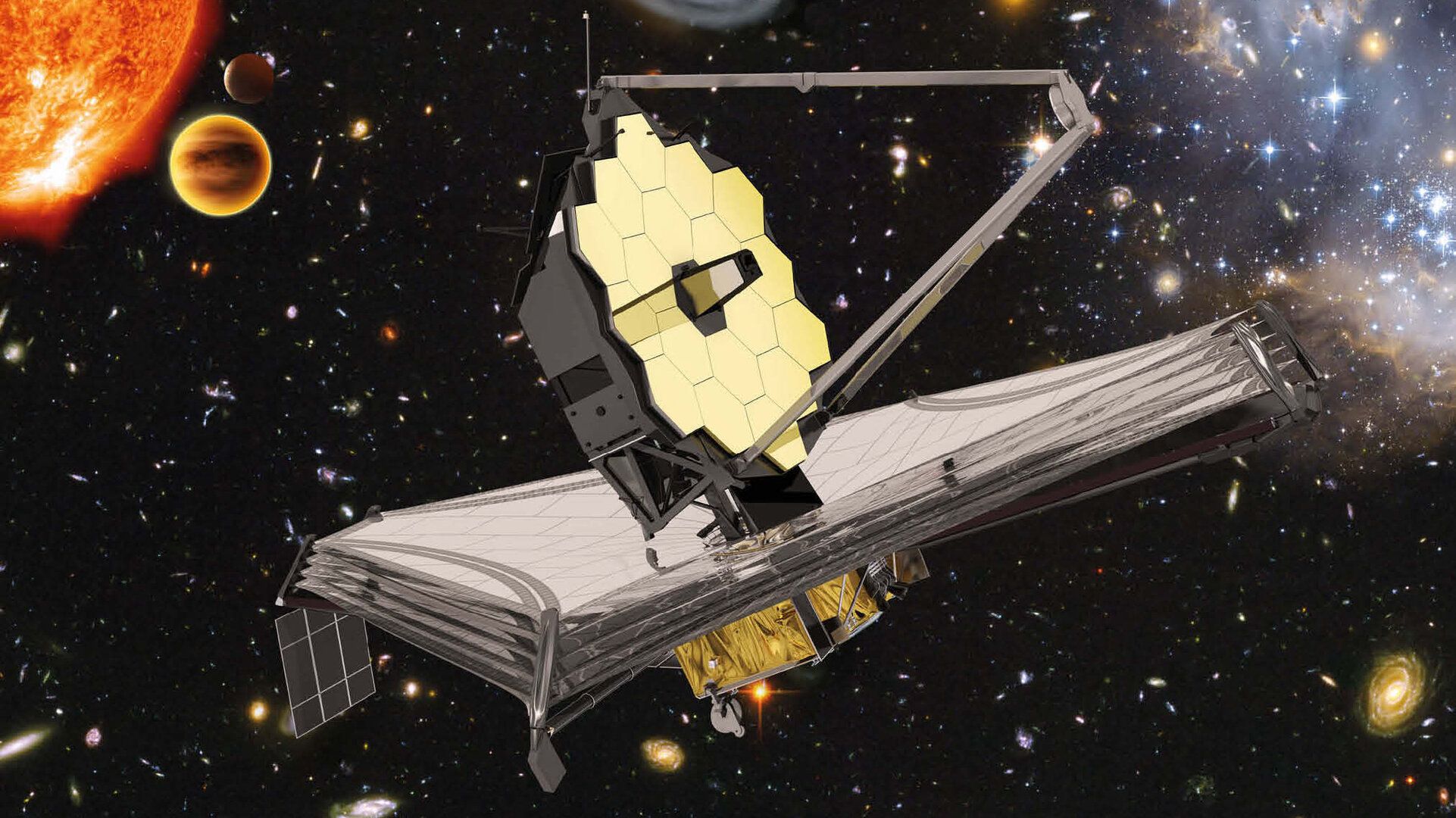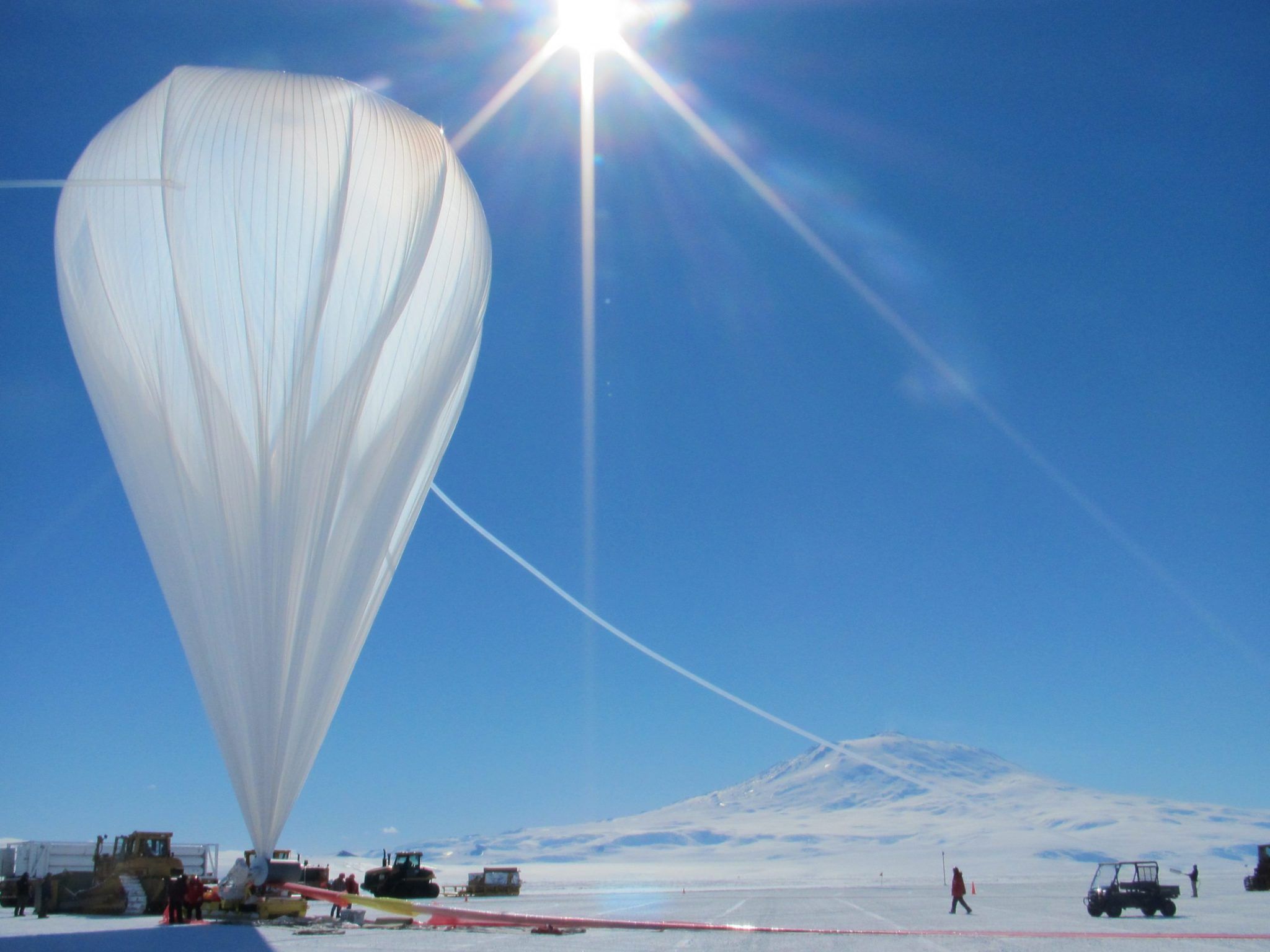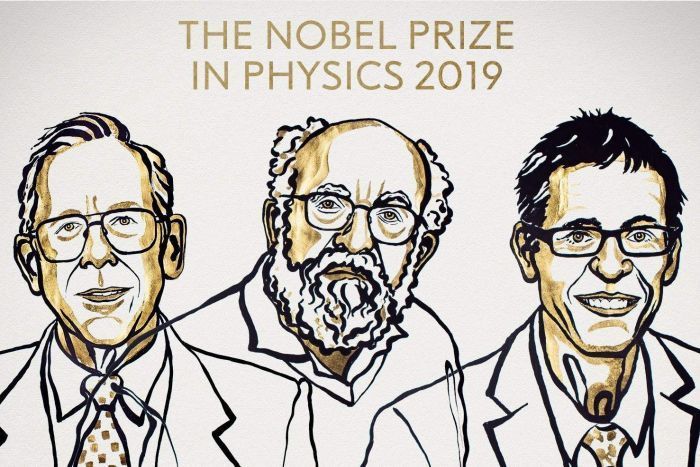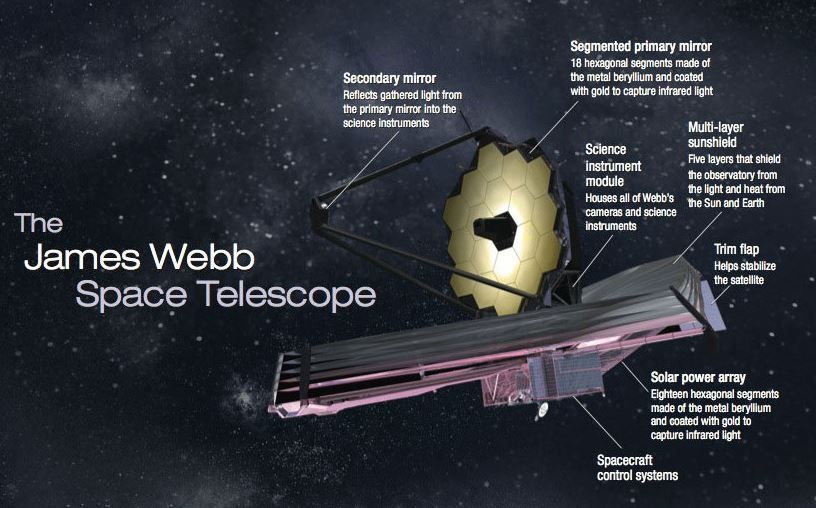NASA’s New JWS Telescope to Detect Life Across the Universe
Article by Conor Clark April 26, 2021 (express.co.uk)
• NASA’s James Webb Space Telescope (JWST) – “the largest, most powerful and complex space telescope ever built and launched into space”, was to be launched into space in 2007. But it exceeded its budget and was rescheduled for March 2018. Then the telescope’s sunshield ripped during a practice deployment and was further delayed. Then the COVID pandemic hit. Now the JWST is scheduled to launch from French Guiana aboard an Ariane 5 rocket in October of this year.
• The JWST is 100x more powerful than NASA’s Hubble Telescope which it will replace. Hubble has orbited the Earth’s lower atmosphere since 1990. But the JWST will orbit the Sun, a million miles away from Earth at a point which is four times further away than the Moon.
• The JWST will give scientists the ability to look even closer at exoplanets and learn which are most likely to harbor living beings, specifically gas dwarfs or super-earths that are surrounded by a thick atmosphere made up of an array of gases. Some of these gases, such as ammonia, could indicate that there is life beneath them on the planet. Scientists at Ohio State University say that the JWST will have the ability to detect some of the aforementioned gases in just 60 hours (the equivalent of a few orbits).
• The JWST is about half the size of a 737 jet and will be the largest telescope ever sent into space. Its main goal will be to find light radiated by the universe’s oldest stars and galaxies that were born after the Big Bang over 13.5 billion years ago, enabling scientists to learn more about the origins of life and the formation of stars and planetary systems. The JWST’s mission lifetime is “5-10+ years” meaning that we could potentially have answers about extra-terrestrial life within the next decade.
• Over 1,200 scientists, engineers and technicians from 14 countries have worked on the JWS Telescope to get it ready for take off. “My research suggests that for the first time, we have the scientific knowledge and technological capabilities to realistically begin to find the answers to these questions,” said graduate student Caprice Phillips.
 The James Webb Space Telescope (JWST) would give scientists the ability to look even
The James Webb Space Telescope (JWST) would give scientists the ability to look even closer at planets and learn which are most likely to harbour living beings, if all goes to plan. These planets are most commonly known as gas dwarfs or super-earths and are surrounded by a thick atmosphere made up of an array of gases.
closer at planets and learn which are most likely to harbour living beings, if all goes to plan. These planets are most commonly known as gas dwarfs or super-earths and are surrounded by a thick atmosphere made up of an array of gases.
Some of these gases, such as ammonia, could indicate that there is life beneath them on the planet.
This has been hard for scientists to establish in the past, given that there are no gas dwarf planets in our solar system and the massive clouds of dust are opaque to visible-light observatories.

According to NASA’s website, the JWST “will be the largest, most powerful and complex space telescope ever built and launched into space”, claiming it “will fundamentally alter our understanding of the universe”.
Study author graduate student Caprice Phillips said: “Humankind has contemplated the questions: Are we alone? What is life? Is life elsewhere similar to us?”
“My research suggests that for the first time, we have the scientific knowledge and technological capabilities to realistically begin to find the answers to these questions.”
The telescope is 100x more powerful than NASA’s Hubble Telescope which is being replaced. That telescope orbiting the earth’s lower atmosphere since 1990.
Scientists at Ohio State University have determined that the JWST will have the ability to detect some of the aforementioned gases in just 60 hours (the equivalent of a few orbits).
It will orbit the sun, a million miles away from Earth at a point which is four times further away than the moon.
FAIR USE NOTICE: This page contains copyrighted material the use of which has not been specifically authorized by the copyright owner. ExoNews.org distributes this material for the purpose of news reporting, educational research, comment and criticism, constituting Fair Use under 17 U.S.C § 107. Please contact the Editor at ExoNews with any copyright issue.







